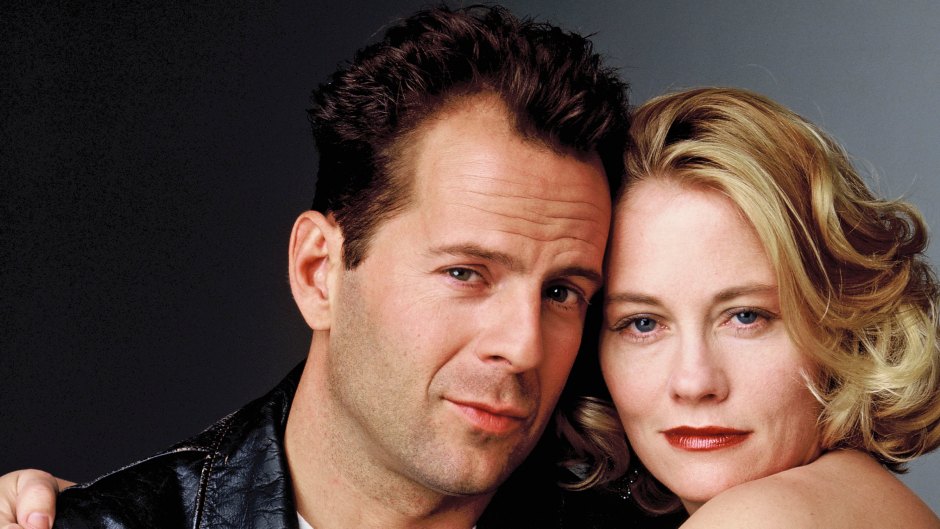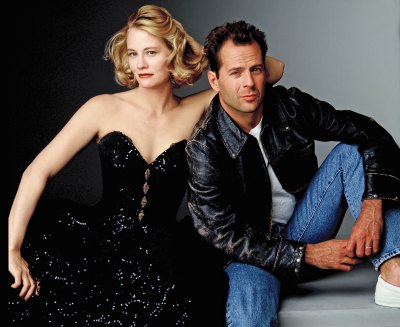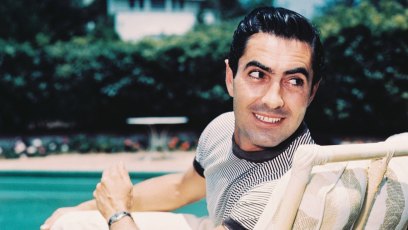
Getty Images
‘Moonlighting’ Cast Reveal On-Set Secrets: ‘Cybill Shepherd and Bruce Willis Were Very Unhappy’
When Cybill Shepherd first read the script for “Atomic Shakespeare” — a 1986 episode of her smash TV series Moonlighting that was written in iambic pentameter — she asked creator Glenn Gordon Caron, “Are you serious? Can’t we just do a regular television show?”
But Moonlighting was never a regular television show, from its format-busting scripts to its behind-the-scenes turmoil. That’s why fans remember it so fondly, 30 years after its final episode aired in May of 1989. “I was hell-bent on making every episode as entertaining as it could be,” Glenn exclusively tells Closer Weekly in the magazine’s latest issue, on newsstands now. “And I was going to shoot it until I got it right.”

That led to long hours on the set as well as tension between Cybill — the fading movie star whose career had gotten a boost from her role as Blue Moon Detective Agency owner Maddie Hayes — and Bruce Willis, an unknown who rocketed to fame as her romantic sparring partner, David Addison.
“Cybill was blindsided by how hard the work was going to be — how much she needed to memorize, how late the scripts came in, and how much of it she was in,” says Glenn. “Whereas Bruce, like me, was intoxicated with, ‘Oh my God, look at what they’re letting us do!’”
The tabloid media breathlessly documented their on-set feuds. “Cybill and Bruce were very unhappy, and it was very hard to be around,” Allyce Beasley, who played secretary Agnes DiPesto, told Closer at the recent Tribeca Film Festival premiere of It Takes a Lunatic. “If you don’t get your scripts in time, you can’t prepare, and they were in every single shot. That’s a lot of pressure to carry a show that way.”

The situation grew even more complicated when Cybill became pregnant with twins during the show’s fourth season, and Bruce launched a mega-successful movie career with 1988’s Die Hard. “He became a big star, and there was a sense that she was jealous,” says Glenn. “There’s a little truth to all those stories.”
Still, over the course of four seasons, Moonlighting became an Emmy-winning hit that attracted Hollywood legends like Orson Welles, who introduced the black-and-white episode “The Dream Sequence Always Rings Twice.”
“He was delightful, but it was clear he was not well,” recalls Glenn. “He died about a week later, or as my ex-wife likes to say, I killed him.”
The musical episode “Big Man on Mulberry Street” was hatched after Billy Joel called to say he’d written a song for the show. “I thought it was a wrong number,” Glenn quips. “Bruce had never danced before, but he was so game to learn.”

The production difficulties and backstage drama at the show became so well known, it was even written into the scripts. When Glenn didn’t have an episode ready one week, he asked gossip columnist Rona Barrett to shoot footage for a clip show he called “The Straight Poop.” In it, she reported on the alleged conflicts between Bruce and Cybill and introduced scenes from earlier shows as evidence.
Ratings started to decline after David and Maddie consummated their will-they-or-won’t-they relationship in the third season, and Glenn was asked to leave the show by ABC execs, who were weary of his delays. “Frankly, I wasn’t a day at the beach,” Glenn admits. “It was very frustrating for ABC.”

Three decades later, the creator and his cast members can look back proudly at what they accomplished. “I have a lot of great memories of the fun and frantic pace,” Bruce previously told the Huffington Post. Cybill agreed in a past interview with Broadway.com, “When you’ve done something so great, it takes a while to understand how wonderful it was.” Or as Glenn puts it, “We all recognize we were very blessed.”
For more on Moonlighting, pick up the latest issue of Closer Weekly, on newsstands now — and be sure to sign up for our newsletter for more exclusive news!
Be sure to check out and subscribe to our Classic TV & Film Podcast for interviews with your favorite stars!







































